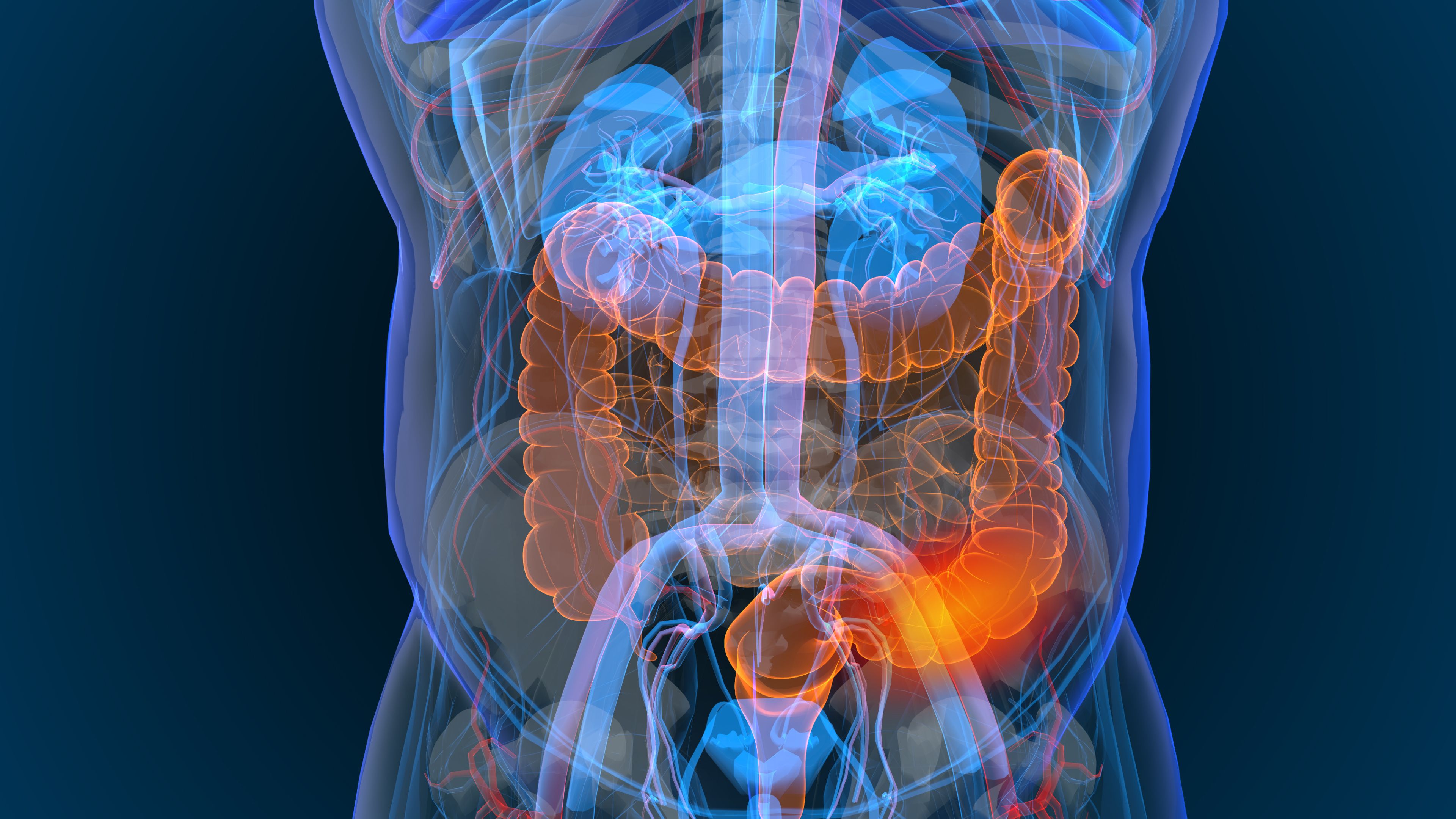News
Article
No Difference Observed Between Branded, Biosimilar Enoxaparin for Post-Operative Thrombosis
Author(s):
There was no statistically significant difference between Lovenox (Sanofi–Aventis Pharmaceuticals, France) and biosimilar enoxaparin in the occurrence of post-operative thrombosis for digestive cancer.
There was no statistically significant difference between enoxaparin (Lovenox; Sanofi–Aventis Pharmaceuticals, France) and biosimilar enoxaparin in the occurrence of post-operative thrombosis, leading investigators to conclude that the branded and biosimilar drugs were equivalent, according to results of a study published in PLoS One.
appledesign - stock.adobe.com

According to the study authors, venous thromboembolic disease is categorized as the formation of blood clots within the veins and is the second leading cause of death in patients who have cancer. Major risk factors of post-operative thromboembolic disease include nature of cancer, stage of cancer, and associated treatments, according to the study.
Investigators of the study compared the branded and biosimilar versions of enoxaparin in patients who underwent surgery for digestive cancer. They aimed to determine the safety of the 2 medications and identify factors that could help predict thromboembolic events, according to the study authors.
The study was randomized and comparative in nature, and included a single center from October 12, 2015, to July 8, 2020. Investigators included patients who were over the age of 18 years and had known or newly diagnosed digestive cancer, in either early or advanced stages, that was operable. All individuals included also underwent emergency or elective surgery, according to the study investigators.
Investigators randomized treatment to patients, which included the branded enoxaparin 4000 IU as 1 injection a day for 30 days or Medis Pharmaceuticals and Tunisia’s biosimilar enoxaparin 4000 IU as 1 injection a day for 30 days. The injections were also administered subcutaneously 8 to 12 hours post-surgery, according to the study authors. The primary endpoint included any asymptomatic thromboembolic event. It was assessed by systematic Doppler ultrasounds to the lower limbs between 7 to 10 days post-surgery. Secondary endpoints included the occurrence of a symptomatic thrombotic event, the occurrence of incident heparin-induced thrombocytopenia, the occurrence of bleeding events, and mortality.
There were 184 individuals included in the study, with 92 in the branded enoxaparin group and 92 in the biosimilar enoxaparin group. Due to study errors and premature discontinuation, full data were available for 168 individuals, with 81 in the branded group and 87 in the biosimilar group.
The study authors reported that 87.7% in the branded group and 85.1% in the biosimilar group had ultrasound scans during the study, and there was no statistically significant difference between the groups. According to the results, 4 individuals in the branded group and 2 in the biosimilar group experienced subclinical thrombosis, with investigators concluding that there was no significant difference in the primary endpoint for the 2 groups. There were a total of 7 clinical and subclinical events in the branded group and 6 in the biosimilar group, with a median time to thrombosis of 8 days and 9 days, respectively.
For secondary endpoints, only 14 in the branded group and 8 in the biosimilar group developed post-operative complications, with 2 and 1 having post-operative bleeding, respectively; 0 and 1 incidence of heparin-induced thrombocytopenia, respectively; and 6 and 11 deaths, respectively. Investigators concluded that there was no statistically significant difference in the 2 groups for the secondary endpoints, according to the results of the study. Further, the study authors reported that there were no predictors of post-operative thrombosis in this study.
Reference
Dziri C, Ben Hmida W, Dougaz W, Khalfallah M, Samaali I, Jerraya H, Bouasker I, Nouira E. Biosimilar versus branded enoxaparin to prevent postoperative venous thromboembolism after surgery for digestive tract cancer: Randomized trial. PLoS One. 2023;18(11):e0293269. doi:10.1371/journal.pone.0293269






